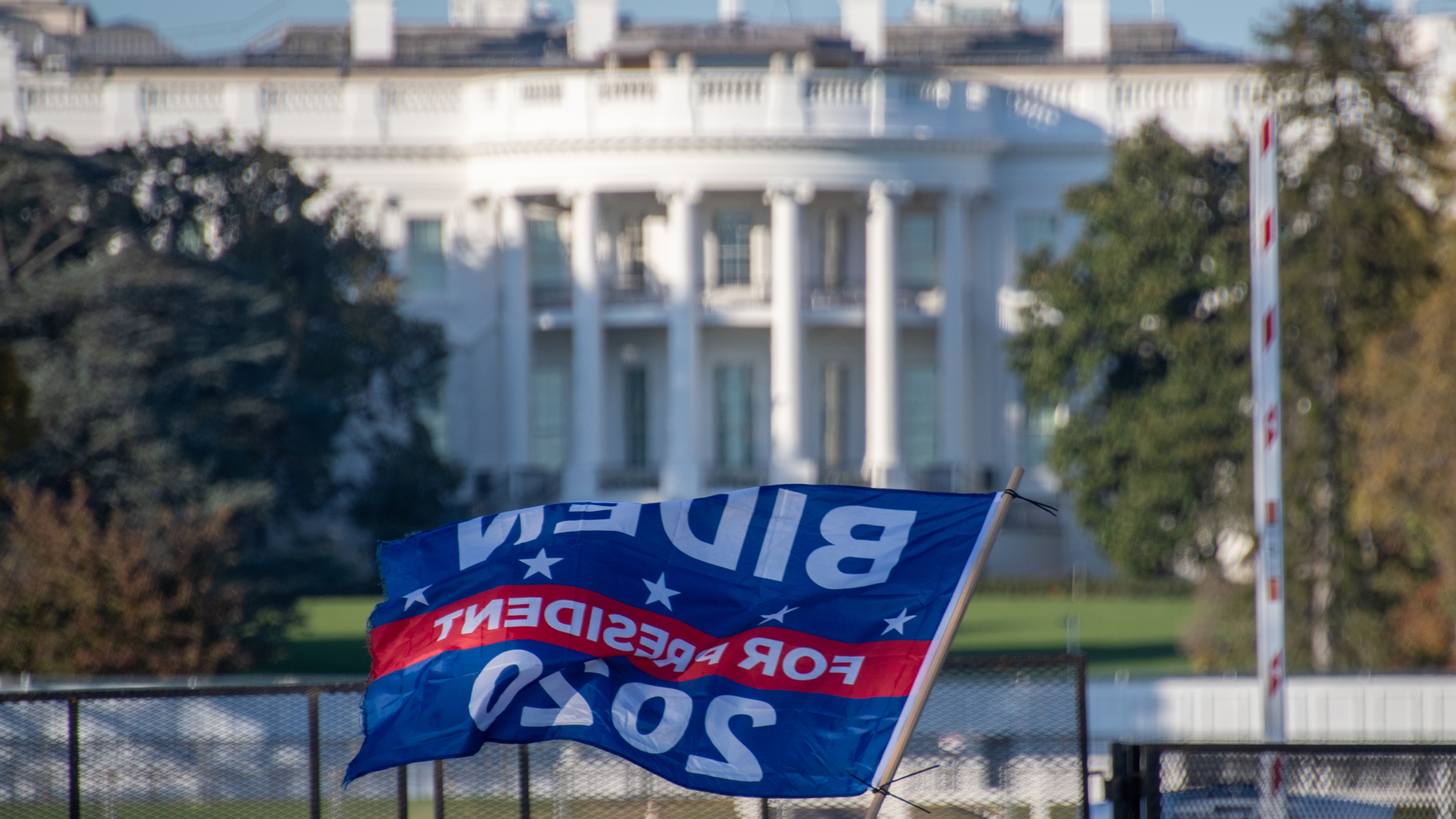Views expressed in opinion columns are the author’s own.
It comes as no shock that dealing with the coronavirus pandemic is one of the top priorities for the new Biden administration. In just his first few days in office, President Joe Biden has signed several executive orders aimed at mitigating the virus’s spread, including a long overdue mask mandate on public transportation and federal land and a reversal of his predecessor’s thick-headed decision to leave the World Health Organization.
Biden’s most ambitious plan to deal with the virus is for the thing that could finally bring the pandemic to an end: He has pledged to vaccinate 150 million Americans within his first 100 days in office.
Whether this plan is attainable is yet to be seen, but up to this point, the vaccine rollout has been incredibly underwhelming at best. The original plan was for 20 million people to be vaccinated by the end of 2020, a milestone that was only just crossed as we near the end of January 2021. There has been considerable confusion on exactly who can get vaccinated when, which has only been compounded by the federal government’s caginess surrounding the vaccine supply.
The outgoing Trump administration announced it was going to release all doses of the vaccine that it had stockpiled — a stockpile which further reporting revealed didn’t exist. This comical display is in line with the Trump administration’s complete lack of transparency surrounding the coronavirus, which has persisted from the first cases to the current vaccine rollout.
The Trump administration’s lack of a clear distribution plan meant that the brunt of the work fell to the states. This has caused significant discrepancies in the vaccine’s distribution from state to state. It appears the federal government allocated doses to the states without considering what percentage of the state’s population is in a high-risk group. This can be seen in the uneven progress in states vaccinating their prioritized populations. For example, as of Jan. 28, Maryland has only vaccinated 12.3 percent of its prioritized population, while Virginia has vaccinated nearly a quarter of their high-risk citizens.
Maryland itself is among many states that have seen notable hiccups in their vaccine rollout. In a move similar to the Trump administration, Gov. Larry Hogan announced Maryland would be moving to “Phase 1B” of its vaccine rollout and expanding eligibility, despite many other state and local officials saying they simply don’t have the resources to do so. Hogan’s move has heightened the already rising confusion about who is eligible to receive the vaccine and caused a dispute with the Maryland Senate over the confirmation of his nominee for health secretary.
While Hogan and other governors clearly made errors in their distribution plans, many of these gaffes could have been avoided if the federal government had been more clear on its own plan. This, in turn, has left the American people with no real sense of how vaccine rollout is proceeding. When local, state and national leaders are saying completely different things — or nothing at all — about the status of the rollout, confusion is inevitable.
So what should now Biden do to clear up this confusion? Streamlining eligibility guidelines should be near the top of the list. The federal government should ensure that all states follow the same guidelines, preferably the ones already laid out by the Centers for Disease Control and Prevention. This will make the overall distribution process much more efficient and help close the gap in progress between the states.
Beyond that, the best thing Biden can do is be transparent about the difficulties of this process. His administration should keep the public up to date on how many doses are being shipped to each state and who will be eligible to receive them. He should also give periodic updates on how many doses are being manufactured and stored. If this pandemic is going to end, the American people need as much information about the process as possible — even if that news is grim and disappointing.
Adam Cullen is a sophomore government and politics major. He can be reached at acullen@umd.edu.



